
Liquid Bulk Dispatch: Streamlining Your Operations
Liquid bulk dispatch is a critical component of modern supply chain management. At GLOBAL TERMINAL NETHERLANDS B.V, we’ve seen firsthand how optimizing these operations can lead to significant improvements in efficiency and cost-effectiveness.
In this post, we’ll explore the latest technologies and strategies that are revolutionizing liquid bulk dispatch. We’ll also provide practical tips to help you streamline your operations and stay ahead in this rapidly evolving field.
What is Liquid Bulk Dispatch?
Definition and Significance
Liquid bulk dispatch involves the management and coordination of large-scale liquid product transportation. This process encompasses the scheduling, routing, and monitoring of liquids such as chemicals, fuels, and food-grade products. It plays a pivotal role in supply chain efficiency and cost management.
Economic Impact of Efficient Dispatch
The American Transportation Research Institute’s 2023 study reveals that expenses rose moderately across most categories in 2023, with average costs across line-items increasing at less than half the rates seen in previous years. Companies that optimize their dispatch operations can reduce these costs significantly. This reduction stems from improved route planning, enhanced load efficiency, and minimized idle time for tanker trucks.
Essential Components of Modern Systems
Modern liquid bulk dispatch systems integrate several key elements:
- Real-time tracking: TrueLiquid, a cloud-based transportation management system designed specifically for liquid bulk haulers, offers features like GPS-enabled devices that provide continuous location updates for tanker trucks.
- Load planning software: Advanced algorithms optimize liquid cargo distribution across available tankers.
- Automated scheduling: AI-driven systems assign drivers and vehicles based on availability and efficiency metrics.
- Digital documentation: Electronic bills of lading and customs forms streamline paperwork processes.
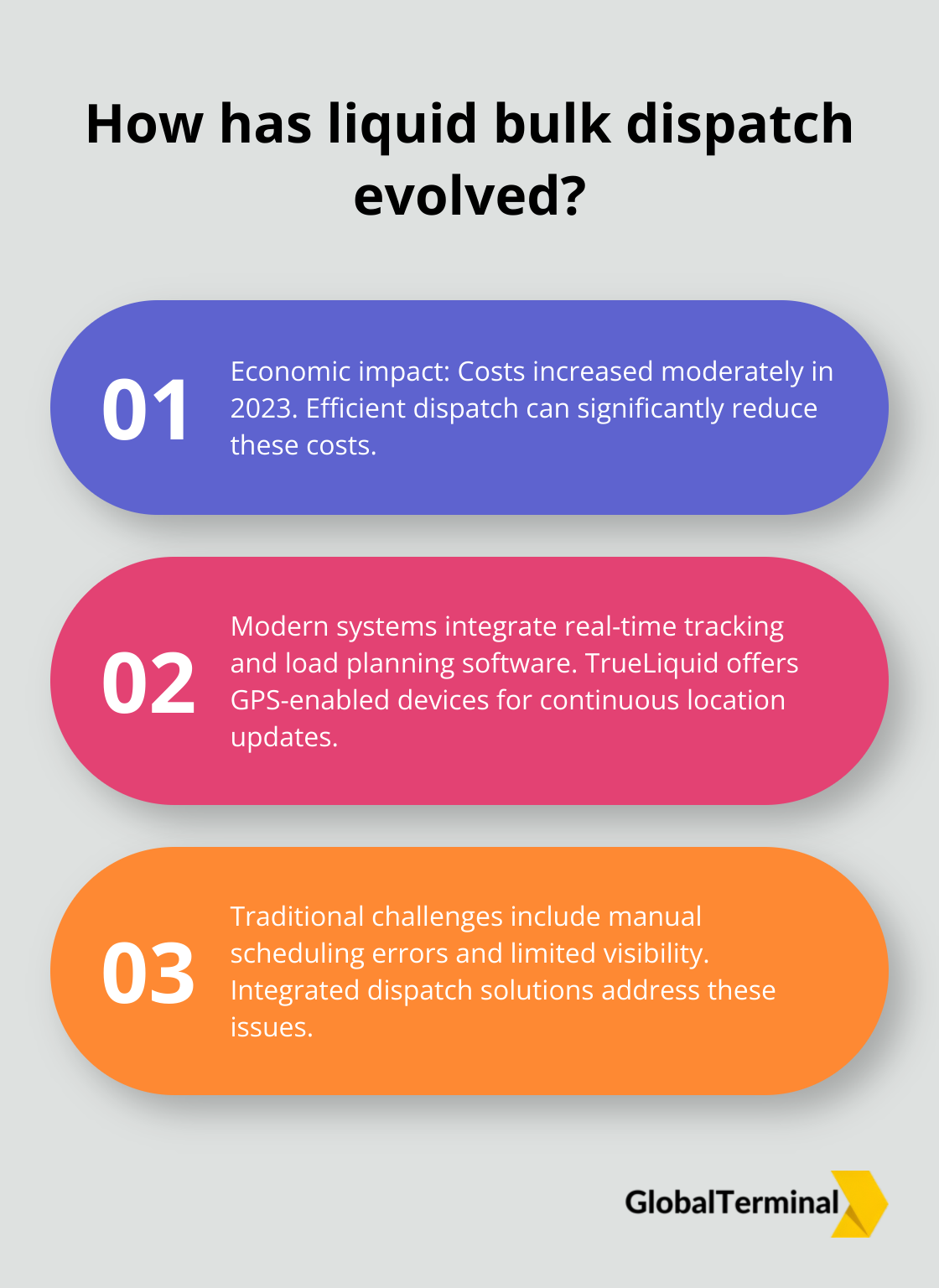
These components work in concert to create a responsive and efficient dispatch system.
Overcoming Traditional Challenges
Traditional dispatch methods often encounter several obstacles that modern systems address:
- Manual scheduling errors: Human error in planning can result in inefficient routes and wasted resources.
- Limited visibility: The absence of real-time tracking can lead to delayed responses to disruptions.
- Communication gaps: Miscommunication between dispatchers, drivers, and customers can cause costly delays.
To tackle these issues, companies increasingly turn to integrated dispatch solutions.
The transformation of liquid bulk dispatch operations from a potential bottleneck into a competitive advantage requires the selection of appropriate tools and strategies aligned with specific operational needs and goals. As we move forward, we’ll explore how companies can optimize their liquid bulk dispatch operations through cutting-edge technologies and innovative approaches.
How to Optimize Liquid Bulk Dispatch
Optimizing liquid bulk dispatch operations is essential for enhancing efficiency and reducing costs in the supply chain. This chapter explores key strategies that have proven effective in improving dispatch processes.
Real-time Tracking and Monitoring
Real-time tracking and monitoring systems transform liquid bulk dispatch. By reducing at least 1% of the process time through predictive action using real-time data, companies can achieve a 2.33% improvement in efficiency. These systems provide instant updates on shipment locations, which allows for proactive problem-solving and improved customer service.
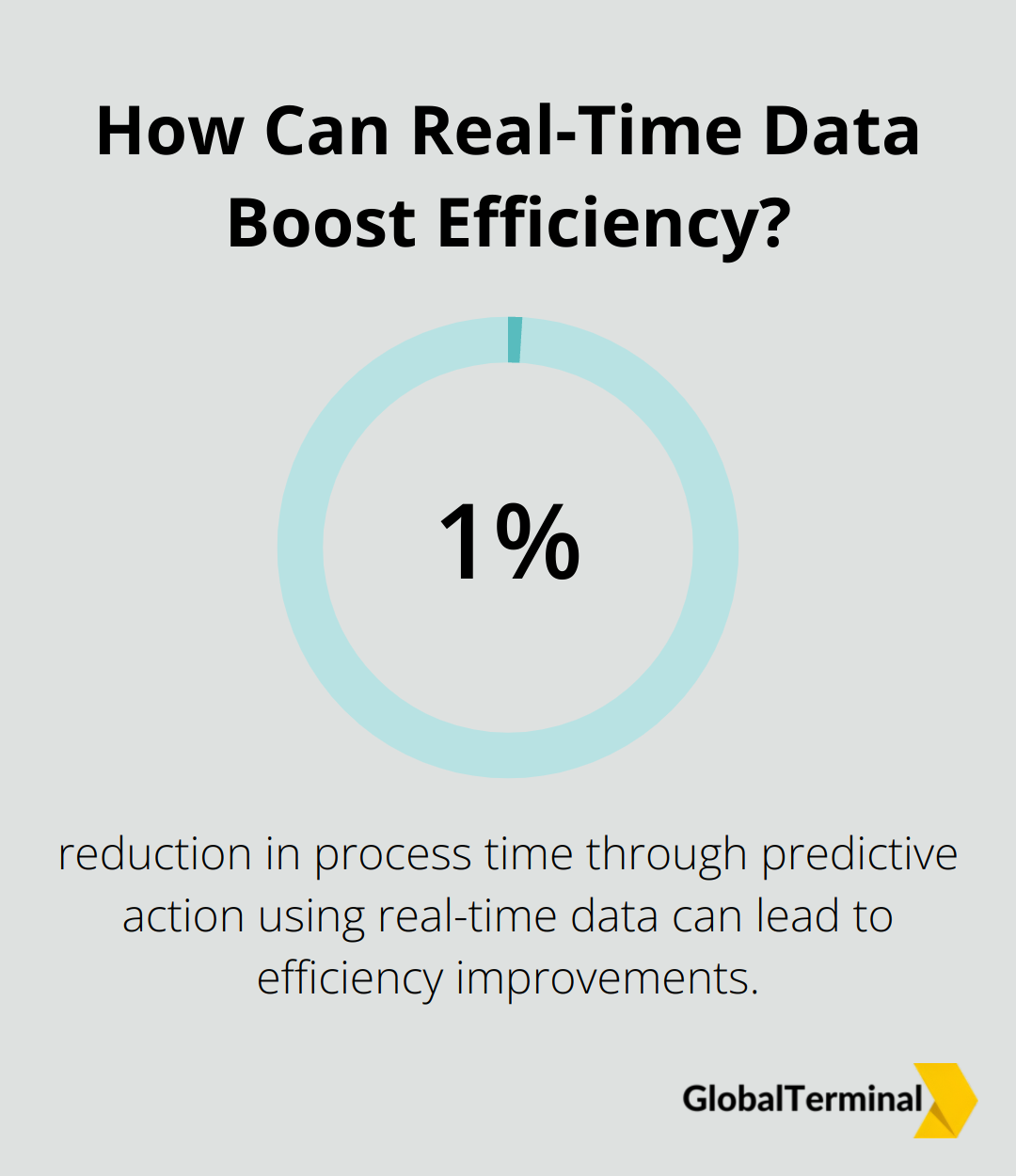
Advanced transportation management systems offer GPS-enabled devices that continuously update tanker truck locations. This technology enables dispatchers to:
- Monitor fleet movements
- Predict arrival times accurately
- Respond quickly to delays or issues during transit
Advanced Scheduling and Routing Algorithms
AI-driven scheduling and routing algorithms significantly improve operational efficiency. Companies can combine load and routing improvements with optimized network locations to reduce miles traveled. These systems consider multiple factors (such as traffic patterns, weather conditions, and driver hours of service) to optimize routes and schedules.
For liquid bulk transporters, this translates to:
- More efficient use of tanker trucks
- Reduced operational costs
- Decreased carbon emissions
Automated Documentation and Compliance Checks
Integrating automated documentation and compliance checks into dispatch operations streamlines processes and reduces errors. Electronic bills of lading and digital customs forms save time and ensure accuracy and compliance with regulatory requirements.
Automated documentation systems can significantly reduce detention times, thus improving overall operational efficiency.
Automated compliance checks also help ensure that all shipments meet regulatory standards, which reduces the risk of costly fines and delays. This is particularly important in the liquid bulk industry, where strict safety and environmental regulations must be followed at all times.
The implementation of these optimization strategies sets the stage for the next chapter, where we will explore the cutting-edge technologies that are revolutionizing the liquid bulk dispatch industry.
Revolutionizing Liquid Bulk Dispatch with Technology
The liquid bulk dispatch industry undergoes a technological revolution. Advanced solutions transform operations, enhance efficiency, and improve safety. Let’s explore the key technologies that reshape the landscape.
IoT Sensors: Precision in Tank Monitoring
Internet of Things (IoT) sensors have become game-changers in tank level monitoring. These devices provide real-time visibility on liquid levels, temperature, and pressure. IoT sensors help eliminate runouts and emergency deliveries while avoiding the costly mistake of over-servicing tanks.
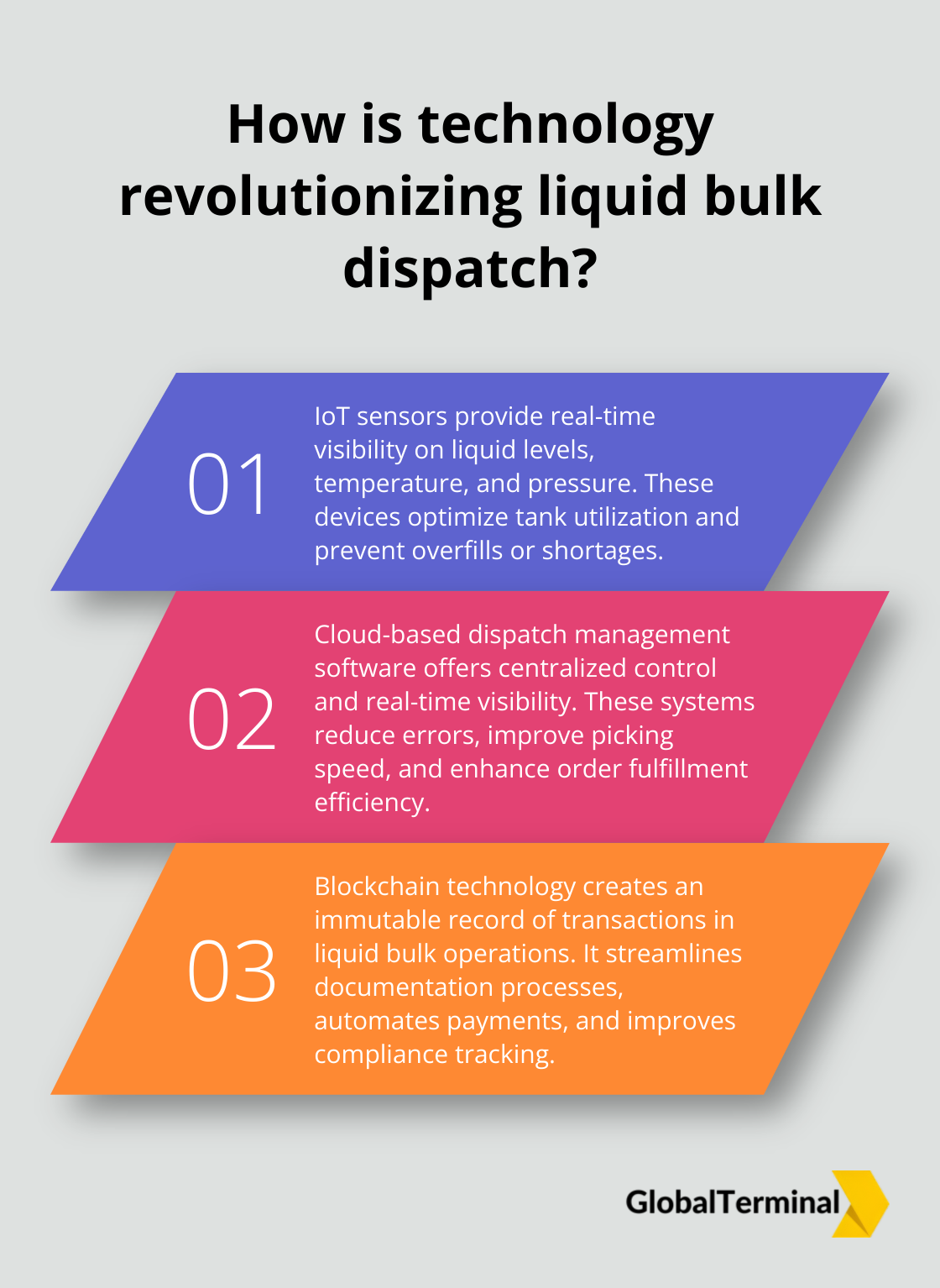
IoT sensors optimize tank utilization and prevent overfills or shortages. Clients benefit from precise inventory management and reduced operational risks.
Cloud-Based Dispatch Management: Centralized Control
Cloud-based dispatch management software revolutionizes how companies coordinate liquid bulk operations. These platforms offer centralized control, real-time visibility, and data-driven decision-making capabilities.
These systems significantly reduce errors and improve picking speed, enhancing overall order fulfillment efficiency. They enable dispatchers to manage fleets, optimize routes, and respond to changes in real-time from any location.
Blockchain: Enhancing Transparency and Security
Blockchain technology makes waves in liquid bulk dispatch by providing unprecedented levels of transparency and security.
This technology creates an immutable record of transactions, which enhances traceability and reduces the risk of fraud. For liquid bulk operations, blockchain can streamline documentation processes, automate payments, and improve compliance tracking.
Implementation Considerations
The implementation of these technologies requires careful planning and investment. However, the potential benefits (in terms of efficiency, cost savings, and competitive advantage) are substantial. Companies should assess their specific needs and operational goals before adopting new technologies.
Future Outlook
As the industry continues to evolve, staying ahead of these technological trends will prove crucial for success in liquid bulk dispatch operations. Companies that embrace innovation and adapt to changing technological landscapes will likely gain a significant competitive edge in the market.
Final Thoughts
Liquid bulk dispatch has transformed into a highly efficient and cost-effective process in modern transportation. Advanced technologies like real-time tracking, IoT sensors, and cloud-based management systems revolutionize the industry. These innovations offer unprecedented visibility, control, and security in operations, leading to reduced costs, fewer errors, and optimized resource utilization.
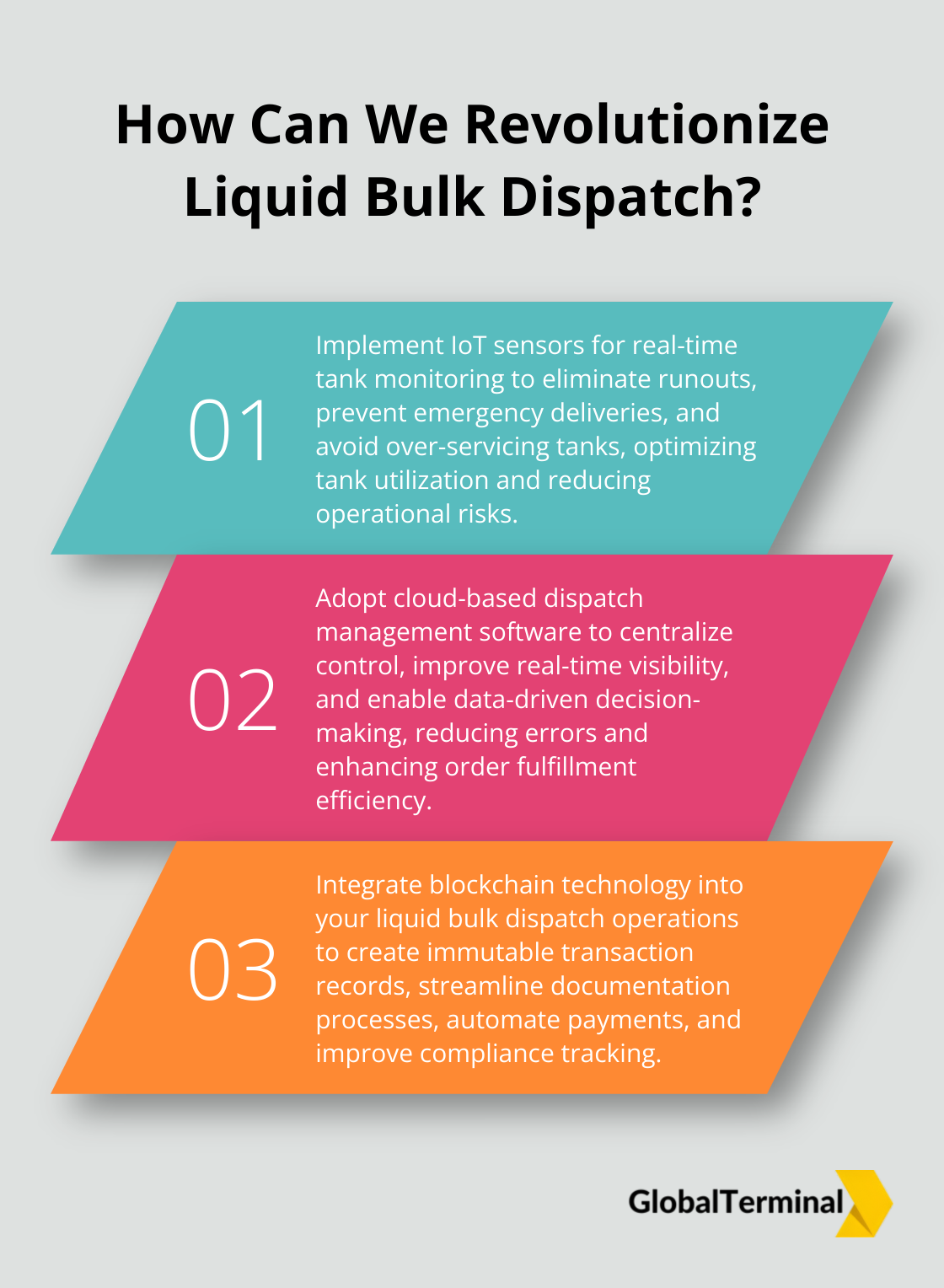
Companies must assess their current processes and identify areas for improvement to enhance their liquid bulk dispatch operations. Investing in modern dispatch management software with real-time tracking and automated scheduling capabilities is essential. Implementation of IoT sensors for precise tank monitoring and exploration of blockchain solutions for enhanced transparency will further optimize operations.
GLOBAL TERMINAL NETHERLANDS B.V understands the complexities of liquid bulk logistics. We offer state-of-the-art facilities and 24/7 real-time monitoring to ensure smooth and efficient liquid bulk dispatch operations. The future of this sector is dynamic and full of potential, and businesses that embrace change will thrive in this evolving landscape.

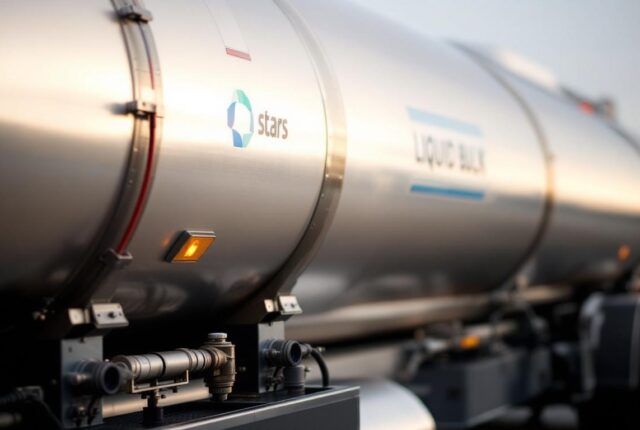

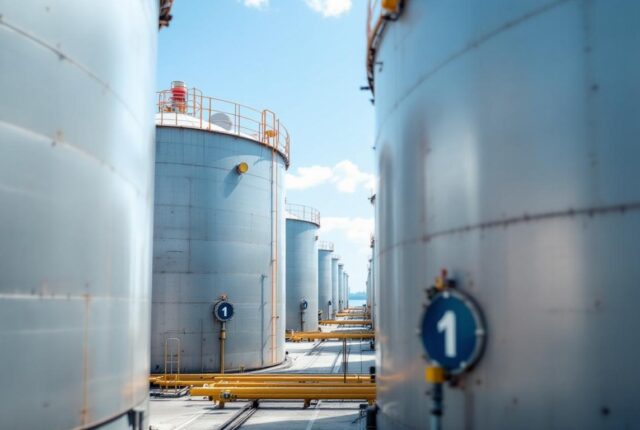

Leave a Reply